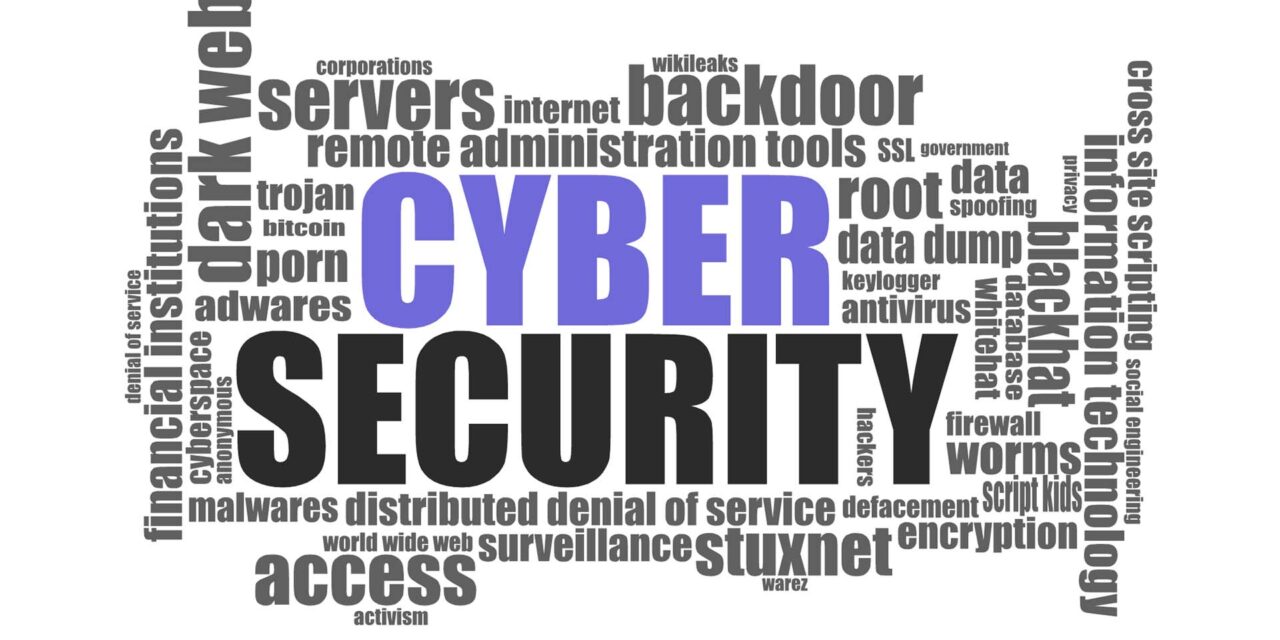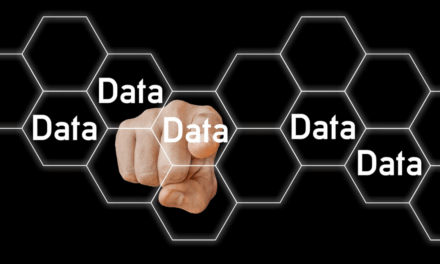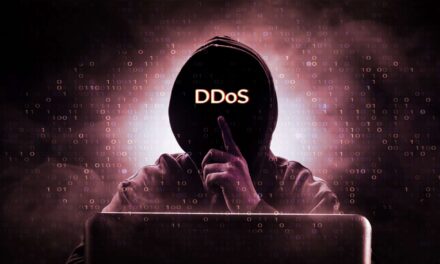Understanding the history of cybersecurity is crucial in navigating today’s ever-evolving landscape – and to prepare for the future.
Cybersecurity has evolved significantly through the years, but much of it has been a “digital arms race” between cyber-attackers and cyber-defenders. Whenever threat actors developed a crafty, new cyber-attack tool or technique, security researchers were forced to innovate to stay one step ahead.
By understanding the origins and milestones of our industry, we gain valuable insights into the motivations, techniques, and patterns of threat actors – and develop effective strategies to protect against emerging threats.
Check Point Software Technologies has helped to provide a quick overview of the history of cybersecurity here, highlighting key milestones and developments in each decade. It emphasizes the growing sophistication of cyberthreats and the need for innovative solutions to combat evolving risks.
Let’s explore cybersecurity’s early beginnings and notable milestones that have shaped the industry into what it is today:
1940s: Virus theory
While many attribute the birth of cyber security to the 1970s, its true history dates back even further. In the 1940s, with the invention of the first digital computer, the concept of computer viruses was first imagined. Computer pioneer John von Neumann proposed the idea of computer programs that could replicate, introducing the notion of computer viruses. However, cyberthreats were nonexistent as only a few people had access to these large electronic machines.
1950s: Phone phreaking
The 1950s witnessed the emergence of “phone phreaking”, which involved hijacking protocols to make free calls. Steve Wozniak and Steve Jobs were prominent members of the phone phreaking community. This practice continued until the 1980s, and it laid the foundation for hacking culture.
1960s: The era of mainframe computing
The 1960s marked the era of mainframe computing, with limited access to large computers. However, some individuals began exploring hacking out of curiosity and the desire to make systems more efficient. In 1967, IBM invited school children to test their new computer, and these students took the opportunity to explore accessible parts of the system. This resulted in the company patching the vulnerabilities and developing a defensive mindset, known today as ethical hacking.
1970s: The first-ever computer worm and antivirus
The 1970s saw the birth of computer worms and the creation of the first antivirus software. The ARPANET research project gave rise to the computer program Creeper, the first self-replicating program or computer worm. In response, Ray Tomlinson invented Reaper, the first antivirus program, to chase and delete Creeper.
1980s: The birth of the internet
In the 1980s, the internet was born, connecting different computer networks through the revolutionary TCP/IP protocol. This new protocol allowed all networks to be connected via a universal language. This era also witnessed the release of the first computer viruses, such as the Brain virus and the birth of commercial antivirus software. The Morris worm, distributed via the internet, caused the first felony conviction under the Computer Fraud and Abuse Act, marking a significant milestone.
1990s: Cybersecurity goes mainstream
The 1990s marked the mainstream adoption of the internet and widespread accessibility. Polymorphic viruses, firewall technology, and heuristic detection methods emerged during this decade. Email became a major attack vector, and the Melissa virus caused substantial damages. In 1993, Gil Shwed, CEO of Check Point, introduced Firewall-1, the IT industry’s first stateful inspection firewall technology. Over a quarter of a century later, this ground-breaking technology remains the gold standard for network security.
2000s: The internet’s “Wild West” era
The 2000s saw a significant increase in cyberthreats, with professional cyber criminals exploiting the rise of mobile and connected devices. Website infections, worms like ILOVEYOU and Code Red, and monetization of cyber crime through spam and spyware became prevalent. Additionally, adware and CoolWebSearch targeted users with unwanted advertisements.
2010s: The era of ransomware and high-profile breaches
The 2010s were rife with destructive and sophisticated cyber attacks. It ushered in the modern era of ransomware, as well as high-profile data breaches, IoT threats, and DDoS attacks that cost countries and businesses hundreds of millions of dollars a year. Some notable attacks include the Stuxnet worm, LulzSec hacks, and WannaCry infections.
In the year 2030,what will the 2020s cybersecurity landscape look like when we look back on this tumultuous era in the digital age? Will the pervasive nature of cloud, edge and mobile computing – as well as the introduction of AI, quantum computing and the metaverse – alter the way bad actors and cyber-defenders approach cybersecurity in a major way?
Only time can tell…
CybersecAsia thanks George Mack, Content Marketing Manager, Check Point Software Technologies, for the research into the history of cybersecurity.

















